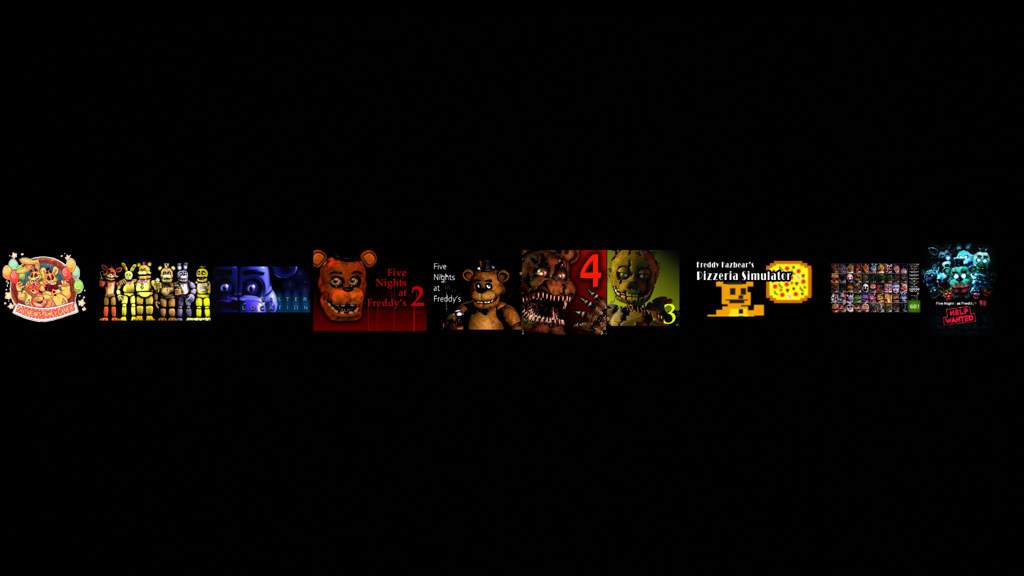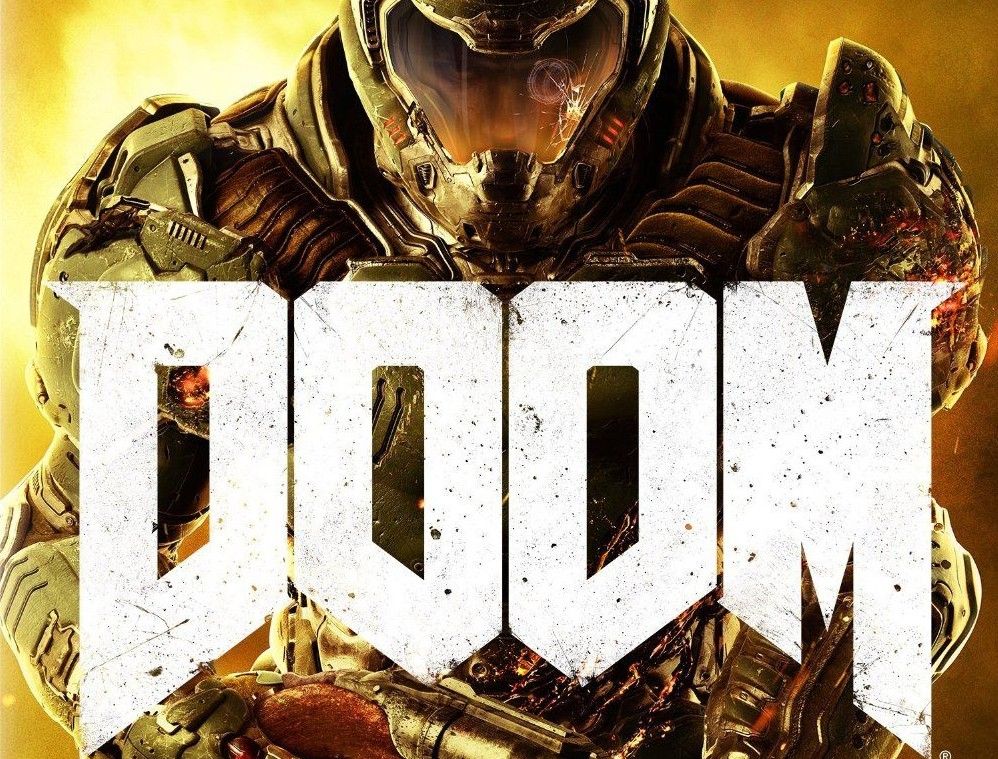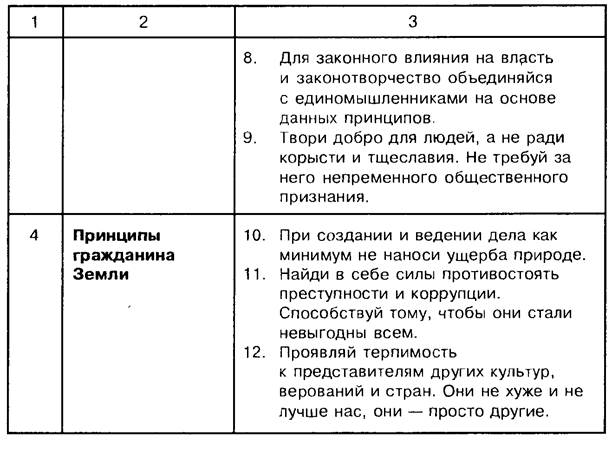How To Play The Doom Games In Chronological Order: A Player's Guide

Table of Contents
Understanding the Doom Timeline & Release Order
Playing the Doom games in strict chronological order presents a unique challenge. The franchise boasts numerous spin-offs, prequels, and expansions that complicate a purely linear approach. However, focusing on the core games that form the main narrative arc provides the most satisfying and impactful experience. This Doom game order prioritizes the main storyline.
-
Main Series vs. Spin-offs: It's crucial to differentiate between the main series entries (Doom, Doom II, Doom 3, Doom 2016, Doom Eternal) and spin-offs like Doom 64, Doom 3: BFG Edition, and other related titles. While these spin-offs offer additional gameplay and lore, they don't always directly contribute to the overarching narrative.
-
The Importance of Story: Understanding the overarching storyline significantly enhances your appreciation for the series' evolution. While the earlier games are less narrative-focused, the later entries build upon established lore and character development.
-
Core Doom Games Release Dates:
| Game Title | Release Date |
|---|---|
| Doom (1993) | 1993 |
| Doom II: Hell on Earth | 1994 |
| Doom 3 | 2004 |
| Doom (2016) | 2016 |
| Doom Eternal | 2020 |
The Classic Doom Experience: Doom (1993) and Doom II (1994)
These groundbreaking titles revolutionized the first-person shooter genre. While similar in core mechanics, they offer distinct experiences.
-
Groundbreaking Gameplay: Doom (1993) established the template for fast-paced, intense FPS action. Its innovative level design, diverse weaponry (shotgun, chaingun, rocket launcher!), and relentless hordes of demons set a new standard.
-
Doom II's Enhancements: Doom II: Hell on Earth built upon its predecessor, introducing new enemies, weapons (like the super shotgun!), and expanded gameplay mechanics. The environments also become more varied and challenging.
-
Playing the Classics: You can access these classics through various methods, including DOSBox for the original versions or through modern digital distribution platforms like GOG.com, offering improved compatibility and features.
-
The Power of Mods: The enduring popularity of Doom and Doom II is partly due to a vibrant modding community that continues to create new levels, enemies, and gameplay experiences, ensuring these games remain relevant decades after their release. Exploring Doom mods is a great way to extend your gameplay.
Stepping into the Modern Era: Doom 3 (2004)
Doom 3 represents a significant shift in tone and gameplay compared to its predecessors. It traded the breakneck speed for a more deliberate, horror-focused experience.
-
A Darker Atmosphere: Doom 3 embraced a darker, more atmospheric approach, emphasizing suspense and environmental storytelling. The slower pace and increased focus on survival against terrifying demons created a uniquely chilling experience.
-
The BFG Edition: The Doom 3: BFG Edition is recommended, as it includes the original game and its expansions, offering a complete package.
-
Gameplay Differences: Doom 3's weapon mechanics and movement differ noticeably from the classic Doom games, reflecting the shift in design philosophy. The focus is less on relentless, run-and-gun action and more on strategic combat and resource management. It represents a unique approach within the Doom franchise.
-
Story Connection: While less directly connected to the overall Doom saga's storyline compared to the later entries, Doom 3's narrative elements do provide some context and set the stage for future installments.
The Reboot and Beyond: Doom (2016) and Doom Eternal (2020)
id Software’s reboot revitalized the Doom franchise, returning to the fast-paced, aggressive gameplay of the originals while incorporating modern advancements.
-
Revitalized Combat: Doom (2016) and Doom Eternal redefined the series' fast-paced combat with fluid movement, powerful weaponry, and a relentless emphasis on offensive strategies. The glory kills remain a hallmark of this new era.
-
Narrative Connections: These games cleverly connect to the older games through subtle lore hints and overarching themes, creating a satisfying continuity between the classic and modern eras of the Doom saga.
-
Building Upon Success: Doom Eternal expands upon the mechanics and systems introduced in Doom (2016), introducing new weapons, enemies, and movement options. It's a significantly more challenging but equally rewarding experience.
-
Expansions Matter: Playing both the Doom (2016) and Doom Eternal expansions is strongly recommended, as they enhance the narrative and provide additional gameplay content. Don't miss out on the added story and action.
Conclusion
This guide has outlined the ideal chronological path to experience the captivating Doom saga. By starting with the original classics and progressing through the modern reboots, you’ll gain a complete understanding of the franchise’s evolution, its lasting impact on the gaming world, and the sheer unrelenting power of the Doom Slayer. So grab your shotgun, prepare for some intense action, and begin your ultimate Doom playthrough following this chronological order! Remember to explore the rich history of each game and immerse yourself in the thrilling world of Doom. Start your epic Doom journey today!

Featured Posts
-
 De Zhivut Romi V Ukrayini Kilkist Prichini Ta Detali
May 13, 2025
De Zhivut Romi V Ukrayini Kilkist Prichini Ta Detali
May 13, 2025 -
 A Chronological Guide To The Doom Video Game Series
May 13, 2025
A Chronological Guide To The Doom Video Game Series
May 13, 2025 -
 Price Gouging Allegations Surface In La Following Devastating Fires A Selling Sunset Star Weighs In
May 13, 2025
Price Gouging Allegations Surface In La Following Devastating Fires A Selling Sunset Star Weighs In
May 13, 2025 -
 Rossiysko Myanmanskie Delovye Otnosheniya Forum V Moskve
May 13, 2025
Rossiysko Myanmanskie Delovye Otnosheniya Forum V Moskve
May 13, 2025 -
 Celebrating Shared Flavors The India Myanmar Food Festival
May 13, 2025
Celebrating Shared Flavors The India Myanmar Food Festival
May 13, 2025
